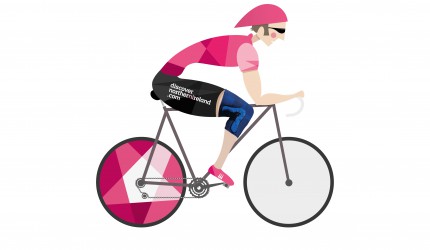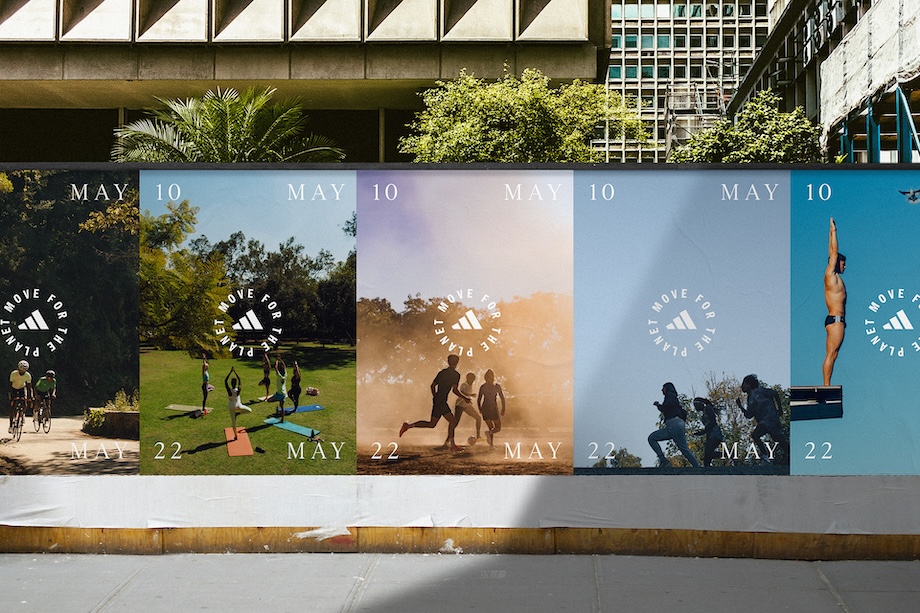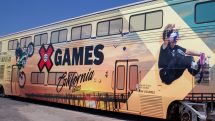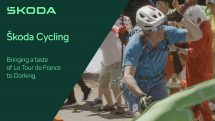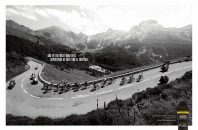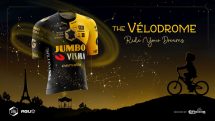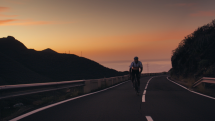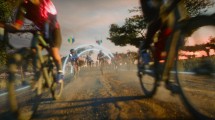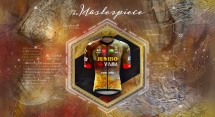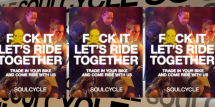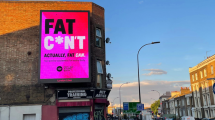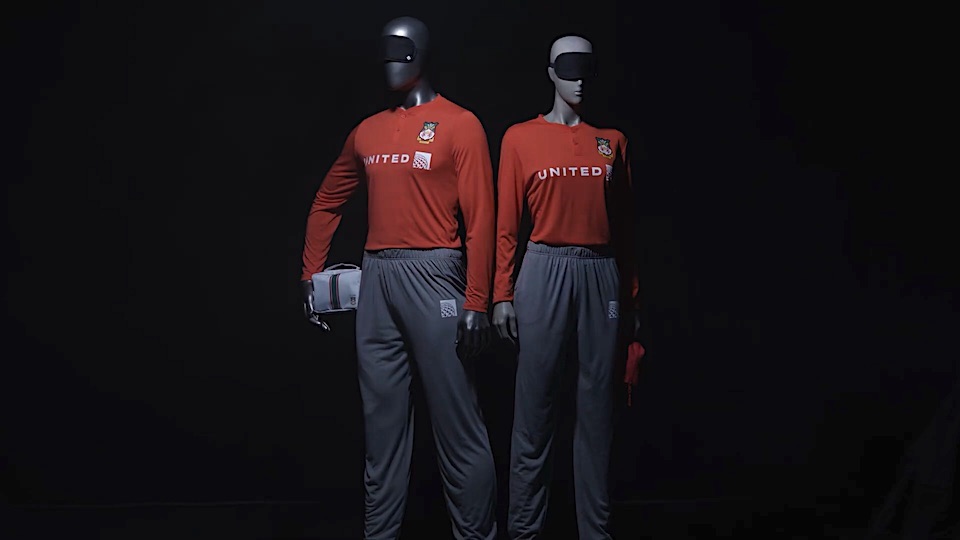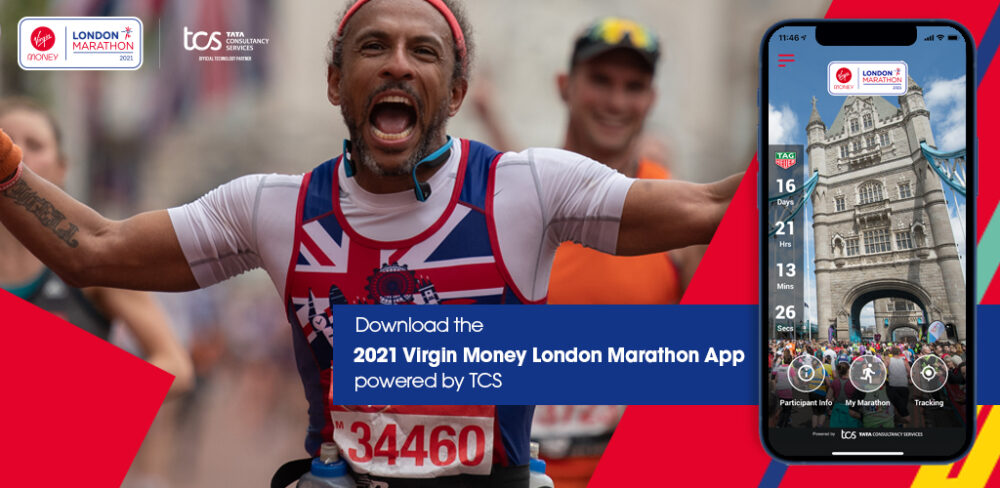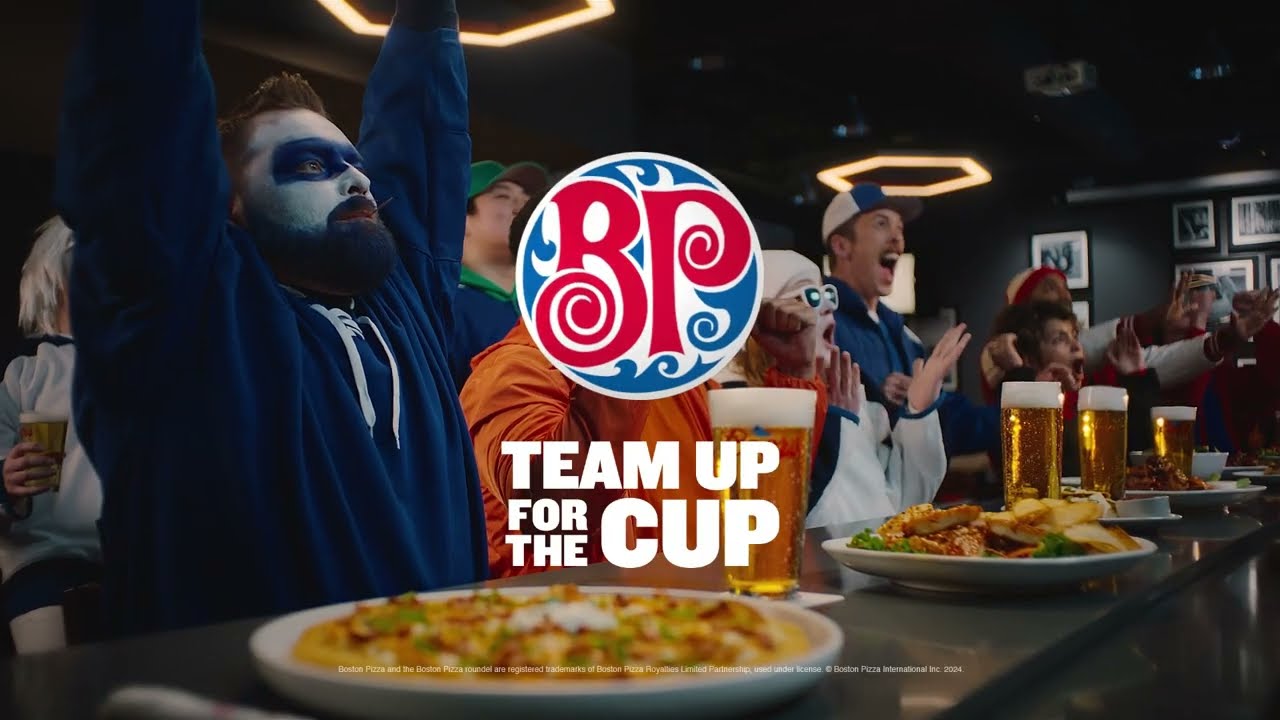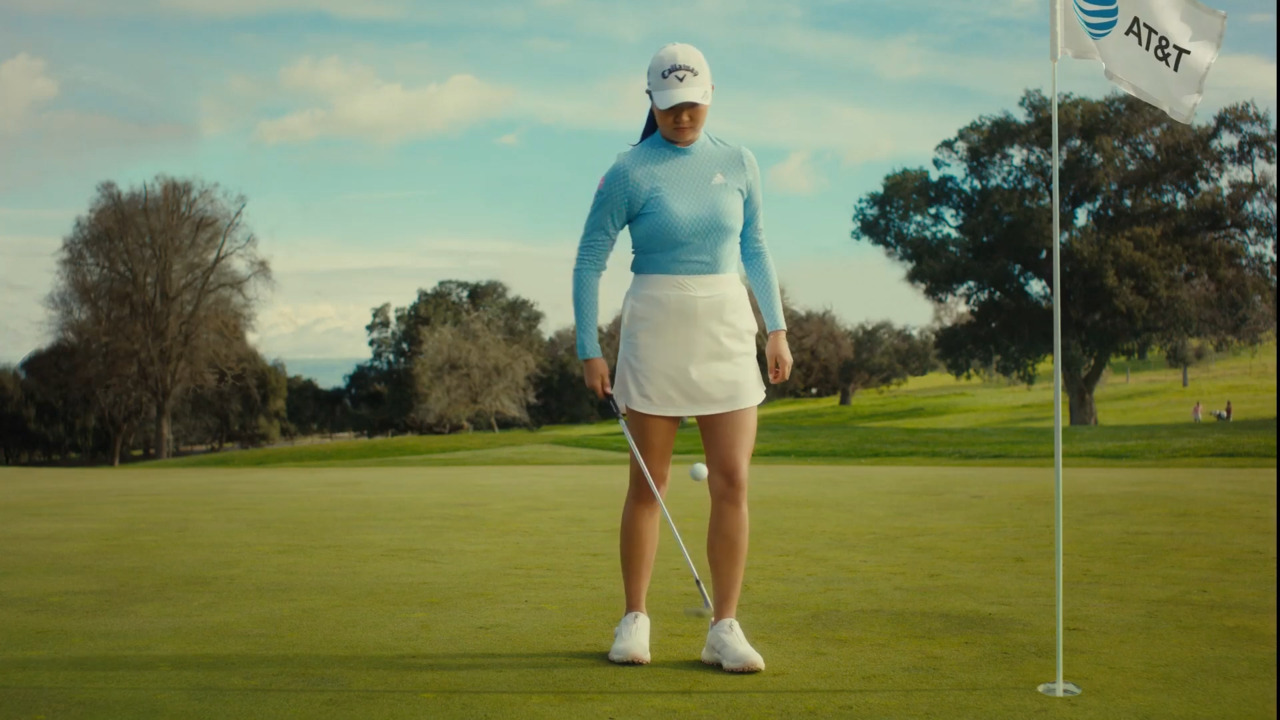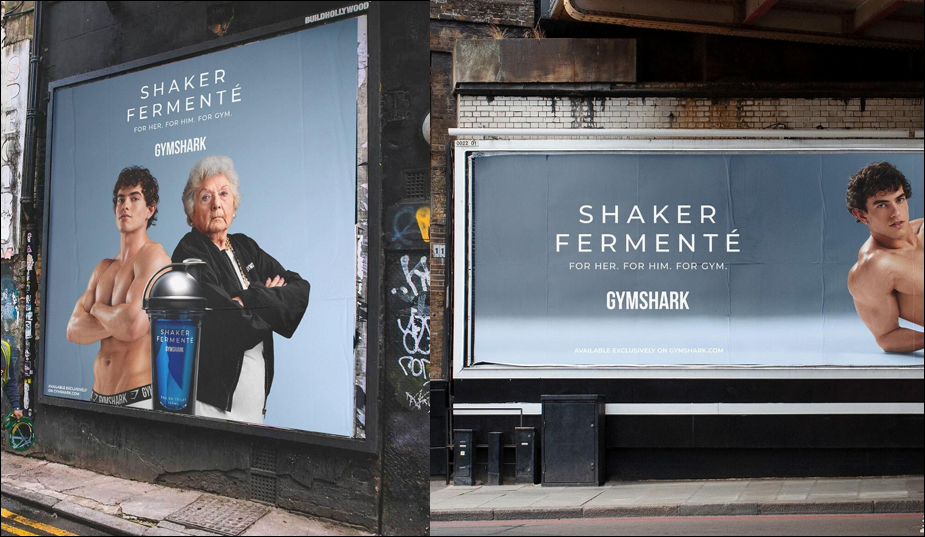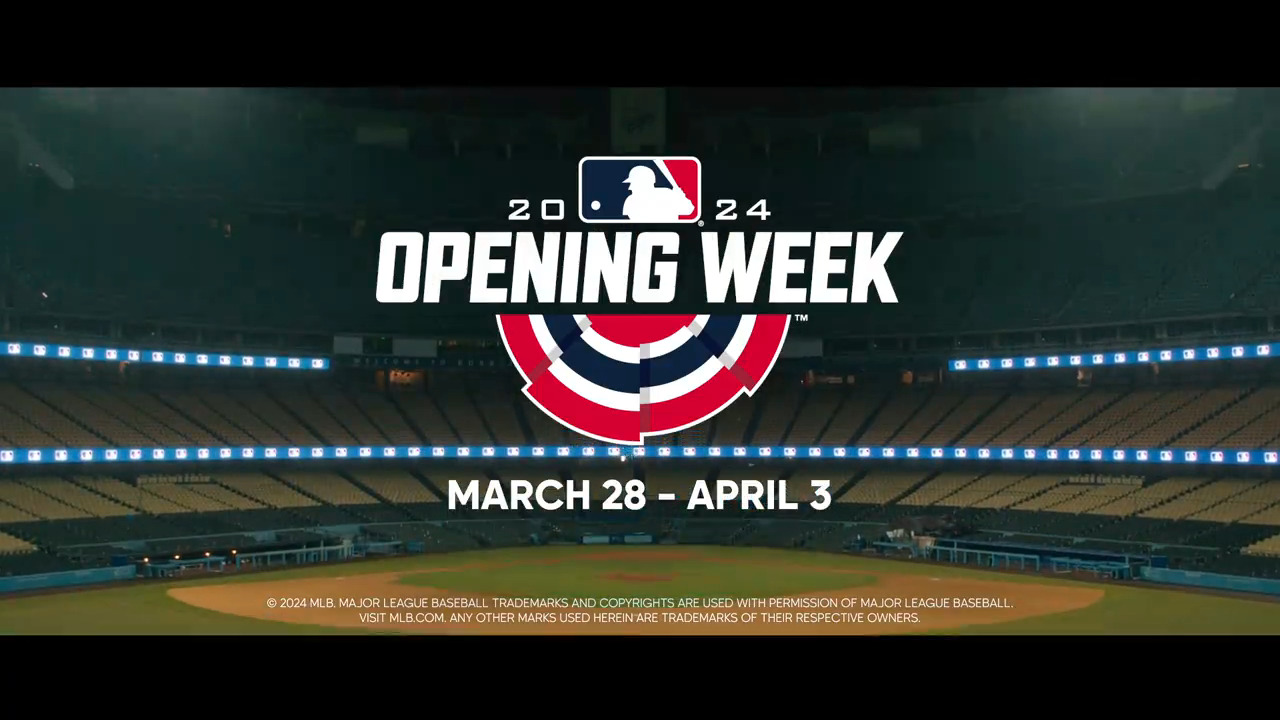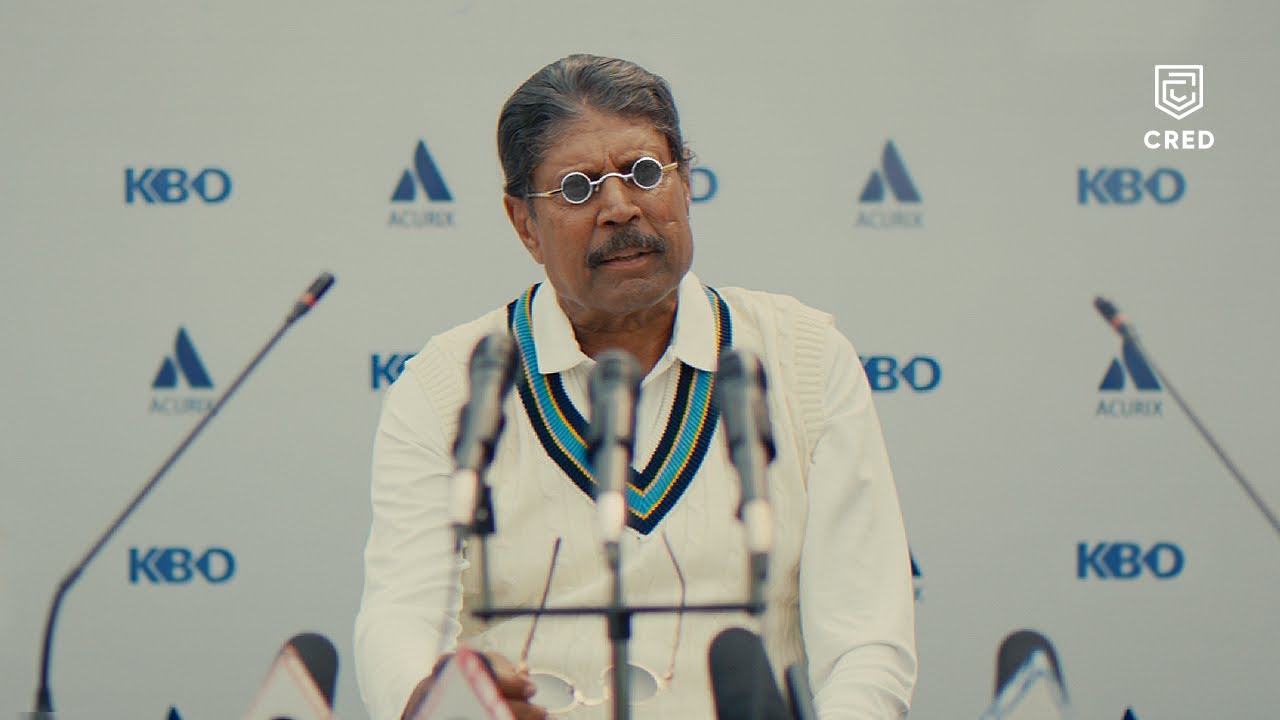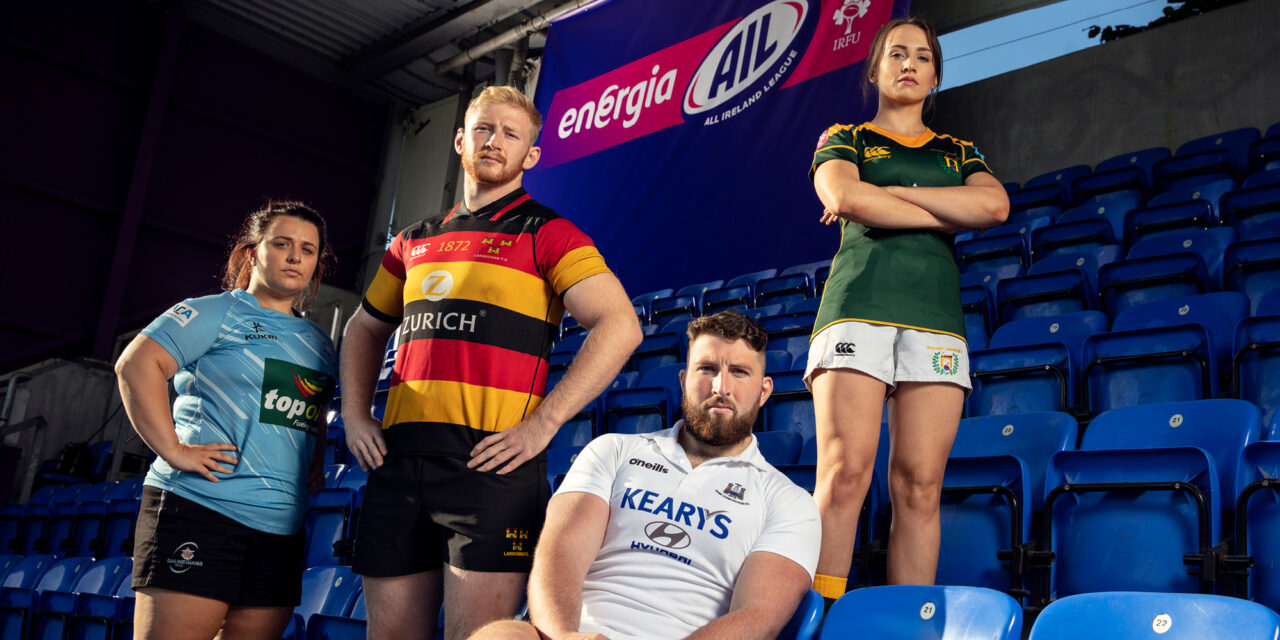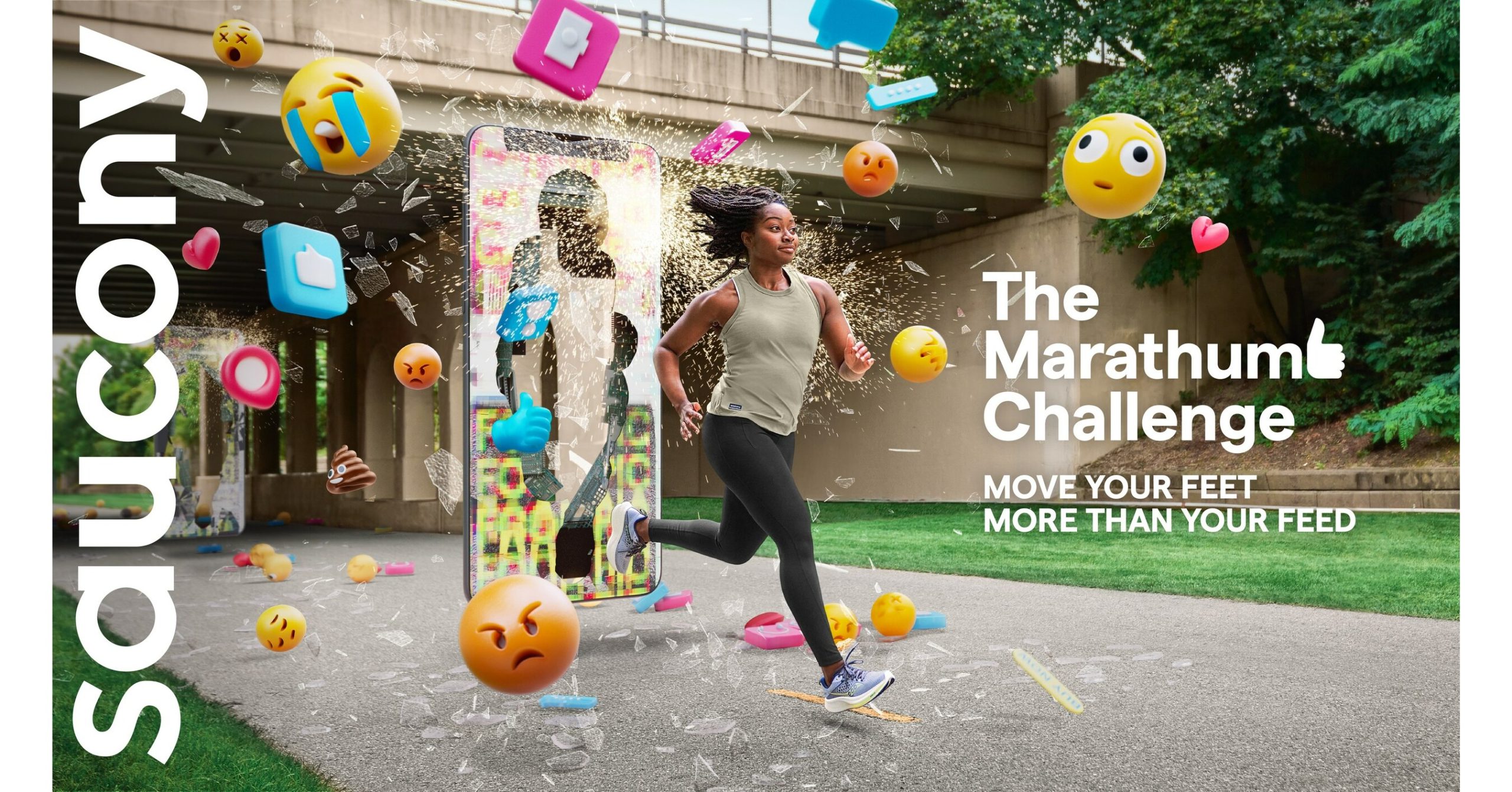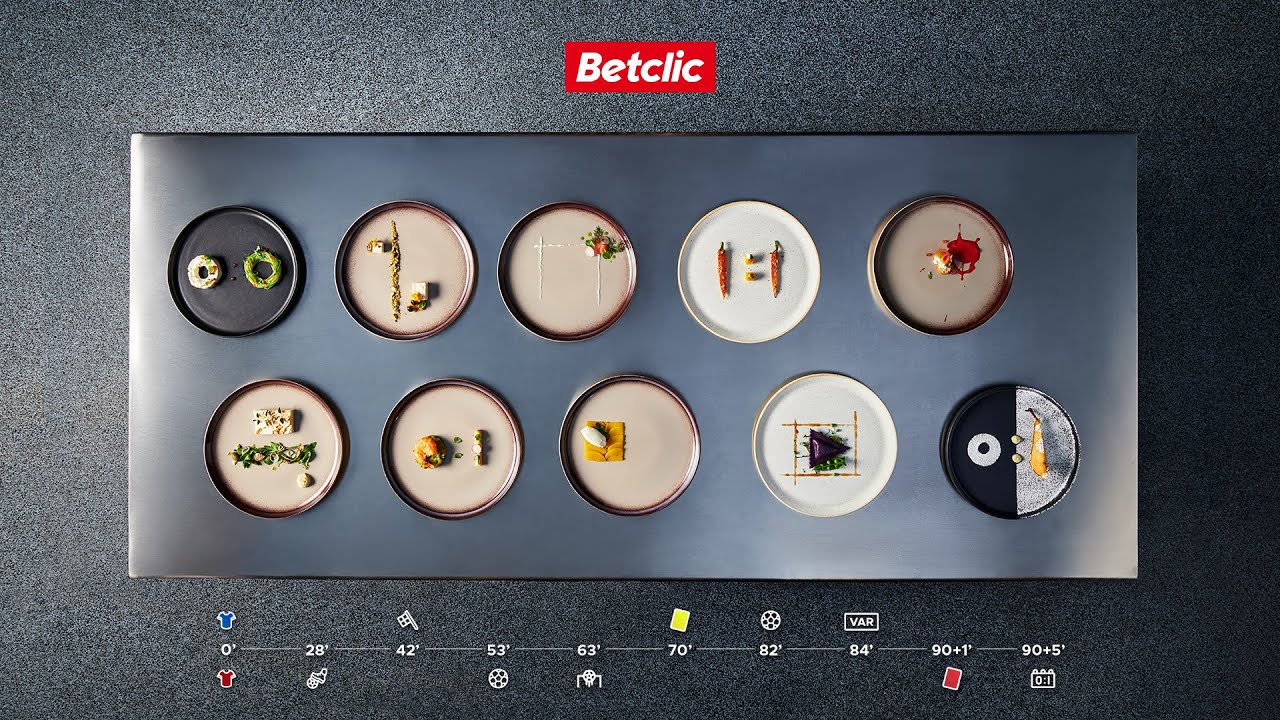The Giro d’Italia is one of the world’s largest and most important cycle races, probably second only in prestige to the Tour de France.
The race takes place on an annual basis over a 23-day period, taking in many of Italy’s most spectacular sites over the weeks of the race. In recent years, the Giro d’Italia has also embraced other European countries, as the appeal of cycling has grown and diversified.
In 2014, Northern Ireland was honoured to host the opening stages of the Giro d’Italia.
This was a massive opportunity for a relatively small destination given the fact that the race attracts a global television audience of 775 million people, drawn from a panoramic raft of 174 countries.
This was the largest sporting event ever to be hosted in Northern Ireland, and naturally provided a unique opportunity to showcase the destination to a worldwide audience.
The hosting of the Giro d’Italia can be seen in the context of a succession of global events being held in Northern Ireland, following the World Police and Fire Games in 2013, the Irish Open in 2012 and the MTV European Music Awards in 2011.
Background:
Considering the prominence of the event, the Northern Ireland Tourist Board had a huge responsibility to ensure that the commercial potential of this event was truly realised.
It was a necessity for the DMO to not only attract attention to the event, but also deliver something that would satisfy hard-core aficionados of the sport while attracting non-cycling enthusiasts as well.
The stages held in Northern Ireland were long enough to make it feasible for people to take short holidays in the country in order to enjoy the race, and thus the challenge for the DMO was to encourage tourists to book a short break in Northern Ireland during this global sporting event.
Another issue that needed to be addressed by the DMO with this campaign was the fact that the third stage of the race would actually culminate in Dublin; the capital of the Irish Republic.
This obviously meant that one of the primary target audiences for the campaign, people who reside in the Republic of Ireland, would not need to specifically travel in order to see the race.
Thus, the DMO needed to provide very specific attractions and motivations in order to attract Southern Irish residents.
Dealing with this campaign necessitated a lot of collaboration on behalf of the Northern Ireland Tourist Board, and throughout the process they worked with their advertising agency partners AV Browne in the development and implementation of an integrated marketing campaign.
Additionally, numerous stakeholders were identified, and other partners utilised, and the Northern Ireland Tourist Board ultimately worked with 10 government departments, 11 local councils, various agencies and over 1,000 volunteers to implement the promotion of what they dubbed the ‘Giro d’Italia Big Start’.
Goals:
Once the Northern Ireland Tourist Board had been presented with this particular objective, the first task was to identify their objectives and realistic goals.
The overarching objective of the campaign was to create awareness of the Big Start in Northern Ireland, and showcase Northern Ireland as an attractive short break destination.
Ultimately, the DMO decided after further research that it would aim to entice 140,000 people to attend, which would attain £10 million worth of positive PR for Northern Ireland.
In order to achieve these goals, the DMO also set themselves a series of digital marketing objectives. Each of these three sub-goals would contribute to the achievement of the ultimate aim of the campaign.
Thus, the Northern Ireland Tourist Board aimed to create 250,000 measureable engagements across Northern Ireland Tourist Board’s social media channels, and 125,000 web film views over the period of the campaign.
Finally, it aimed to achieve 10,000 unique plays for the Big Start Facebook game during a shorter, more intense period building up to the start of the event.
Issues:
Despite the fact that the Giro d’Italia is a hugely prominent sporting event in Europe, it is not as well-known in Britain and Ireland.
Research carried out by the Northern Ireland Tourist Board indicated that knowledge and awareness of the Giro d’Italia was actually pretty limited within the target audiences in Northern Ireland and the Republic of Ireland, who were generally more familiar with the other major cycle race the Tour de France.
In an attempt to overcome this issue the DMO strategised a phased campaign approach which would systematically promote the race.
The first phase of this activity would be focused on building awareness of the Giro d’Italia and when it was taking place within Northern Ireland. This campaign was to be undertaken with the advertising agency and consultant AV Browne.
Demographics:
Before embarking on the campaign, the DMO carried out some research to identify the key market segments.
It was found that there were just over 150,000 cycling enthusiasts in Northern Ireland, and just over 450,000 in the Republic of Ireland.
Two-thirds of the fans of the sports were male overall, and it was also notable that around 50 percent in both nations were drawn from the wealthy ABC1 group.
Attitude related to families were also collated.
Within Northern Ireland, just under half of those surveyed expressed an interest in visiting friends in Northern Ireland, and it was also deduced that the average short break spend was £156.
In the Republic, a slightly smaller percentage expressed an interest in enjoying a short break in Northern Ireland; around 33 percent in total.
These figures where acquired and each segment profiled using Northern Ireland Tourist Board research and the TGI Media Planning tool.
Strapline:
Before implementing the phased approach, a strapline was agreed upon.
This was developed by AV Browne, and was intended to be a social focus of the campaign.
Ultimately, the advertising agency chose the strap line ‘Be Part of the Start’, and supplemented this with the social media hashtag #girostart2014. Digital marketing was to be a critical part of the overall tactics employed in the campaign strategy.
Phase 1: Awareness Building Activity:
The first major phase of the campaign involved building awareness of the event and the Giro d’ Italia itself. This initial phase of the campaign would run between January and March, 2014.
(1) Website and Social Media Hub
The consumer website, discovernorthernireland.com, was the main call-to-action for campaign activity. The website included a Big Start section which was intended to be a central location for content related to the race. Content was made as interactive as possible, and the website was populated with a diverse range of information.
This website was also supported by an interactive social media hub, which collected content from all social media channels into a single location in order to make it more accessible. This elements of the campaign was limited during the first phase, but became more active during the second, at which point people were encouraged to share tweets, photographs and videos using the hashtag #girostart2014.
(2) Digital Advertising – Display, Social Media Advertising and Paid Search
The campaign was also centred around targeted advertising, which was utilised during both phases. High impact advertising was taken out across a large range of media websites, and this was backed up by niche targeting on specialist cycling channels. Interest was also sought on Facebook and Twitter, along with paid search activity to drive traffic to the campaign website.
(3) Social Media and Content Marketing
With large audiences built on both the Facebook and Twitter platforms, it was then necessary to leverage them. The awareness phase involved using promoted posts and tweets to further stretch the reach of the content involved in the campaign, and particularly ensure that it was targeting relevant and interested audiences in both Irish nations.
The Northern Ireland Tourist Board also placed a particular emphasis on producing educational and entertaining material. The media produced by the DMO included a set of Route Guide films, focusing on the locations that the race would visit. The board also recruited the Irish cyclist Stephen Roche; a particularly legendary figure in the sport given that he won both the Tour de France and Giro d’Italia itself in 1987.
Route guides were supplemented by an advertisement intended to build awareness among non-cyclists, which was promoted widely crossed social media and placed with a variety of media partners.
Phase 2 – Audience Engagement & Destination Sell
This phase of the campaign was shorter than phase 1, running between April and May of 2014. It was intended to build on awareness generated during the initial frenzy of activity, and build excitement among the audience created as the date of the Giro approached.
(1) Digital Advertising – Display, Social Media Advertising and Paid Search
Having already raised awareness of the events, the tone of advertising now shifted significantly. From here on in the emphasis in the campaign was on enticing people to book a short break in Northern Ireland to attend the Giro d’Italia. At this stage, special offers on hotels were promoted in order to attract traffic.
(2) Social Media and Content Marketing
The pink theme associated with the Giro d’Italia gave the Northern Ireland Tourist Board an excellent opportunity to create a thematic feel to the advertising campaign. An interesting innovation that the DMO instigated in order to achieve this was a process of turning various landmarks across the country pink, while recording this novel concept via photographs published on Facebook and Twitter. Once again, promoted post were utilised in order to broaden the reach of the campaign.
To help create a social and community feel for the campaign, the Northern Ireland Tourist Board worked closely with bloggers. Articles were also shared with particularly relevant publishers and journalists, in order to ensure that these influential opinion formers could help in the process of extending the reach of content. This also helped signpost interested parties back to the campaign website. The existing hashtag #girostart2014 was also used as a way to encourage followers to engage with the campaign on social media.
More interesting and innovative content was also produced by the Northern Ireland Tourist Board, including a film featuring a trail-bike rider performing a series of death-defying stunts at tourist locations along the route of the race. This helped to create a real buzz about the Giro d’ Italia course and really got the Irish public animated about the prospect of this world-class cycle race taking place on their doorstep.
Engagement with the film was achieved by heavy promotion across social media. It was also published through stakeholder and media partners. The efforts of the Northern Ireland Tourist Board ensured that the video achieved fifty-five thousand views, while many thousands of people also engaged with it directly on social media. The video was also broadcast by the popular television channel Eurosport, displayed on large screens at some airports, and even featured on the UK state broadcaster BBC in the run-up to the event.
(3) Social Media – Competitions
Another approach which was utilised in order to emphasise the community focus of the promotional strategy was the running of competitions. The Northern Ireland Tourist Board recognised from day one that this should be a central prong of the overall strategy. The race organisers were contacted in order to offer prizes that would be otherwise difficult or even impossible to acquire. These included tickets for the opening ceremony, seats in the grandstand and the opportunity to accompany the race in a hospitality car. Social media engagement on Facebook and Twitter paid off handsomely with regard to these competitions, with thousands of people entering.
(4) Online Gaming
A light-hearted character was also created to increase engagement with young people. ‘Freddie Forte’ featured in the Facebook game and also at the start of the race.
(5) Email Marketing
Aside from utilising social media, e-mail marketing was also used. The Northern Ireland Tourist Board send out a variety of responsive e-mail templates designed to attract traffic to the website of the campaign.
Phase 3 – Live Event Coverage
The third promotional phase of the campaign could reasonably be defined as live coverage of the event itself.
A week-long festival welcomed all of the teams involved in the race when they arrived in Northern Ireland, which culminated in the team presentation at Belfast City Hall on Thursday 8th May.
At this stage, the Northern Ireland Tourist Board released the ‘Big Start Starts Now!’ film, which pronounced Northern Ireland to be a major home of global events.
As literally thousands of fans lined the streets of the nation, the DMO coordinated a variety of people to capture the event, effectively providing them with a rich vein of original content to further promote the Giro d’Italia.
Photographers, videographers and bloggers were all enlisted in the drive to create original and absorbing media.
By now, the social media hub of the Northern Ireland Tourist Board had become a focal point of the cycle race’s visit to Northern Ireland, which enabled the DMO to collate vast amounts of content generated from enthusiastic fans during the race itself.
The Northern Ireland Tourist Board went to great lengths to document and cover the race live, tweeting from as many vantage points as possible, including the side of the road, inside a race car, and the balconies of buildings.
Impact Analysis
After analysing the reach of their campaign, the Northern Ireland Tourist Board found that the Big Start section of the website accounted for 10 percent of the traffic to the website during the period 01 January – 31 May 2014. (429,232 out of 4,657,981).
This was a 21 percent increase in the volume of website traffic compared to the same period the previous year.
Additionally, three of the top ten most visited pages on the website during this period were related to the Big Start, accounting for 257,296 page views. 67,000 downloads were recorded, indicating significant engagement with the campaign.
Social elements of the campaign were also successful.
Nearly 11,000,000 people viewed content across Facebook, Twitter and YouTube, which generated over 337,000 engagements; significantly higher than the target of 250,000 which was aimed for.
Facebook activity during the campaign achieved 124,203 engagements, and the campaign hashtag was adopted particularly well, being used in 33,409 tweets, achieving 100,973,187 impressions and a tweet reach of 7,567,297.
The suite of web films involved in the campaign achieved over 170,000 views against a target of 125,000, while the competitions resulted in over 2500 entries.
The Facebook cycling game achieved 10,354 unique plays against a target of 10,000.
Five campaign emails were sent to 180,000 recipients, achieving almost 15,000 clickthroughs (8 percent) to the campaign website.
Changing Consumer Attitudes
While the above figures indicate in raw data terms that the Northern Ireland Tourist Board’s campaign was hugely successful, the tangible shift in customer attitudes was possibly an even greater indication.
Resorting to a phased approach was successful in increasing search volumes for Giro d’Italia terms and social media engagement as the beginning of the race drew closer.
The viral response to the campaign indicated that it was an overwhelming success.
Lessons Learned & Legacy
The Giro d’Italia was the largest event ever hosted in Northern Ireland, and its successful promotion has had a positive effect on the nation and the Northern Ireland Tourist Board.
Brand awareness has been expanded amongst audiences not previously engaged.
Over 230,000 people attended the Big Start in Northern Ireland, which significantly surpassed the DMO’s target of 140,000 attendees. Central to this success was a promotional campaign which focused on social engagement and creating a community feel around the event and DMO activity.
While a primary aim of the promotional efforts of the Northern Ireland Tourist Board were to raise awareness of the event itself, it was also critical to create a tone that truly engaged people.
More destinations and travel-related businesses are finding that engaging with people via social channels reaps reward. Interactivity and original content which is rich with absorbing images and video can be considered essential elements of this.
In this respect, the campaign run by the Northern Ireland Tourist Board was ideal, and its characteristics played a major part in its ultimate success.
The DMO was able to exceed all of their objectives by embracing a wide variety of different digital mediums, and ensuring that the campaign message was structured but also varied in order to target various importance demographics.
RCS, the owners of the Giro d’Italia, confirmed that the hosting of the race by Northern Ireland has been hugely successful and that they had set a high standard for others to follow.
Links
Northern Ireland Tourist Board:
http://www.discovernorthernireland.com/
http://www.ireland.com/en-gb/amazing-places/northern-ireland/?gclid=CL_xl-2R8cUCFYXItAodd0EAcQ
RCS:

